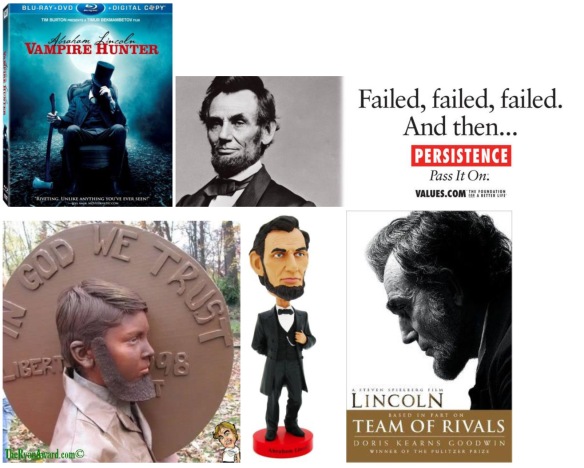Here’s what we know for sure. As any business starts to have success, it grows. And the bigger it gets, the more people are brought in. More people = more bureaucracy, more meetings, more layers, more rules, a slowdown in movement and, well, a marked increase in B.S. If you’re not careful, this all drives you further away from the passion and kick ass mentality that was fueling your success in the first place. So how to avoid this?
Avoid the complacency that comes with growth with a DISTINCT (NOT EMPTY) COMMITMENT to preserving a start up mentality (even if you are not a startup). What does this mean?
• This means committing to (and expecting) a push for innovation in areas beyond just your core product or service. As you grow, your organization’s DNA needs to push to find innovation and efficiencies in every facet…day to day operations, logistics, processes, accounting, IT, sales, etc., etc. This is just as important as core product innovation. So push for it. Expect it. In every nook and cranny of the organization.
• This means genuinely encouraging people to question the status quo. Allow people to question processes if…but only if…they have a take on how to make things better…or a passion to find a solution.
• This means making sure everyone (not just key people) has a constant touch with the outside world…with customers, constituents and what’s actually going on in the world. An out of touch team leads to an out of touch business.
• This means eliminating unnecessary meetings (but keeping key collaboration and communication)
• This means keeping teams small and nimble and then staying out of their way.
In support of the above, this ultimately means carving out time for people to actually think and learn and act. As in a startup, people must be allowed uninterrupted blocks of time to formulate new ideas and approaches that make the organization better and more efficient. This increases individual job satisfaction, drives collective morale and ultimately helps the business continue to thrive. In other words, you can grow the entity out of startup mode, but never, ever take the startup mentality out of the entity.
About the author: Eric Greene is a principal at Elevation (it’s different up here). Elevation is an innovation firm that specializes in A-Z new product/service/growth strategy development (including guerrilla research, opportunity I.D., brainstorming, concept development, industrial design, prototyping and engineering). To learn more, go to: http://elevationid.com/














